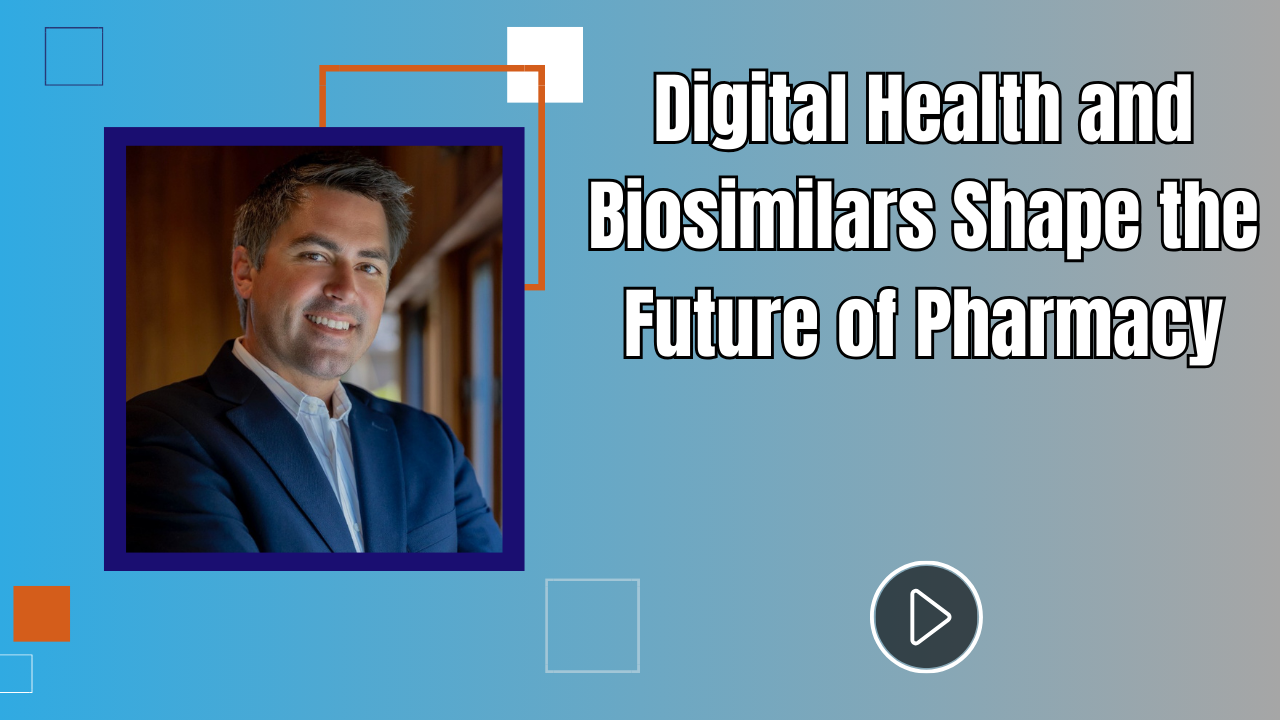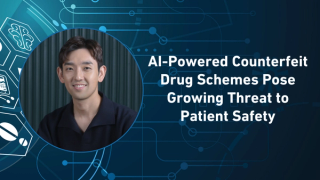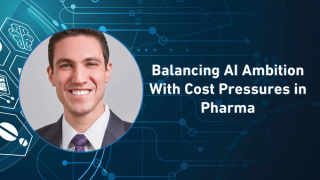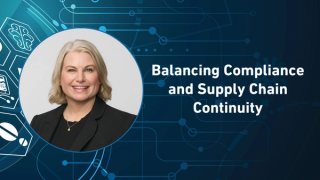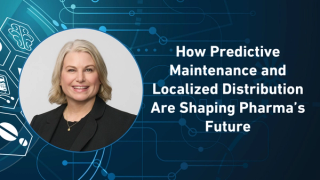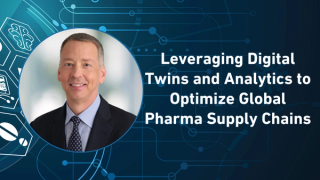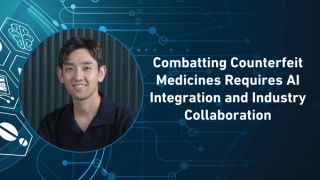
Data & Technology
Latest News
Latest Videos

More News

Claire Riches highlights inefficiencies in the current drug approval process, while outlining the role of payers and insurers in shifting toward data-driven approval framework.

By embracing practical, human-centered use cases, life sciences companies are breaking free from GenAI “pilotitis” and demonstrating how scalable AI solutions can help transform patient care and provider efficiency.

Exploring the importance of contract development and manufacturing organizations in advancing the latest technology for effective delivery of temperature-sensitive medicines.
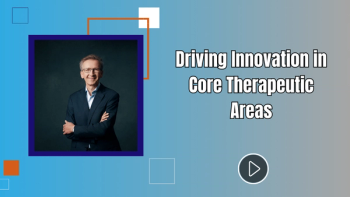
Steffen Lang, president, operations, executive committee member, Novartis, discusses what to expect from Novartis over the next decade in terms of technological innovations.

How can stakeholders prepare for changing therapy requirements?

A keynote presentation describes how supply chain visibility should rely on digital capabilities.
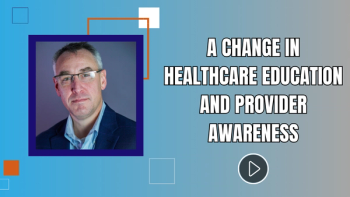
In the final part of his video interview with Pharma Commerce Editor Nicholas Saraceno, Colin Banas, MD, DrFirst’s chief medical officer, shares his thoughts on the rumors that RFK Jr. could potentially ban DTC advertising.

Taking stock of today's gains and tomorrow's potential for generative artificial intelligence in reshaping the industry.

The parties aim to create an end-to-end digital thread that links research data all the way through to life sciences manufacturing.

In the third part of his video interview with Pharma Commerce Editor Nicholas Saraceno, Colin Banas, MD, DrFirst’s chief medical officer, uncovers the main reasons why 52% of respondents choose DTC online prescription platforms.
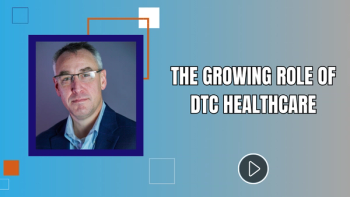
In the second part of his video interview with Pharma Commerce Editor Nicholas Saraceno, Colin Banas, MD, DrFirst’s chief medical officer, explains the rise in patients turning to DTC platforms following insurance denials.

In the fourth part of his video interview with Pharma Commerce Editor Nicholas Saraceno, Brad Stewart, BDO’s national life sciences co-leader, addresses how AI can help support pharma leaders with managing their supply chains and addressing potential material shortages.

The agreement—powered by YASKAWA's Maholo robot—aims to address challenges in production and commercialization while offering access to academic and startup communities.
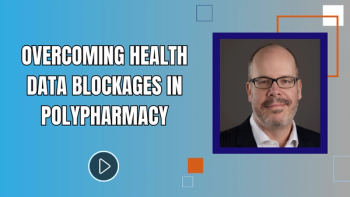
In the third part of his video interview with Pharma Commerce Editor Nicholas Saraceno, Tom Dorsett, CEO, RazorMetrics, shares the strategies that should be taken to overcome health information exchange blockages.

In the third part of her video interview with Pharma Commerce Editor Nicholas Saraceno, Laura Johnson, senior director of sales, life sciences, Loftware, discusses why the demand for supply chain transparency is continuing to gain momentum, while also explaining the role that track-and-trace initiatives are playing in that effort.
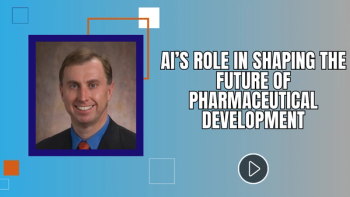
In the final part of his video interview with Pharma Commerce Editor Nicholas Saraceno, Jim Shehan, chair of the FDA regulatory practice at Lowenstein Sandler, explains how he anticipates the evolving regulatory environment impacting the future of pharmaceutical development, especially in the context of emerging technologies like AI.

In the third part of her video interview with Pharma Commerce Editor Nicholas Saraceno, Jenna Dale, director of client relations at Cencora, dives into specific areas where FDA investment could have the greatest impact in accelerating approval timelines.

In the second part of his video interview with Pharma Commerce Editor Nicholas Saraceno, Alex Guillen, global pharma and life sciences director at Tive, describes the highlights of a recent pharma supply chain security and visibility report that his company released.

In the first part of his video interview with Pharma Commerce Editor Nicholas Saraceno, Alex Guillen, global pharma and life sciences director at Tive, outlines the technological obstacles that lie ahead for the industry this year.

Despite challenges surrounding communication overload, drug shortages, and cybersecurity risks, this term is revolutionizing medication management and patient care through the use artificial intelligence and predictive forecasting.

The collaboration is powered by the discovery and development of obesity, type 2 diabetes, and cardiovascular disease treatments.

The program intends to address supply chain challenges surrounding product safety, traceability, and counterfeiting.

The move—one that meet’s industry standards—confirms the Cryoport company’s commitment to providing quality and safety in the cold chain solutions space.

In the final part of this roundtable discussion, a panel of subject matter experts discuss what the future holds for this technology, why end-to-end visibility is necessary in healthcare, and the opportunities for greater RFID adoption that lie ahead.

This bucket of Pharma Commerce coverage is highly powered by digital solutions.



